I started practising Mindfulness in 2016 to help me deal with corporate stress. I continued my Mindfulness journey by studying with Mindfulness Now, eventually gaining my mindfulness teaching accreditation at the end of 2019. Even though I had been studying for a few years, I still felt like I was at the beginning of my journey, learning who I was and how mindfulness fitted into my life. Then the pandemic hit. I watched as anxiety levels rose both within myself and those around me. I relied heavily on my mindfulness practice to give me a moment to pause and put all the negative emotions to one side. As I practised for longer each day, I realised I wanted to learn more about the theory and science, so I applied to the University of Aberdeen to study for the MSc in Mindfulness course.
I started the MSc in September 2020. I was excited to learn more about Mindfulness and develop my practice. However, I didn’t realise quite the journey I was about to go on. The first module of the course explored Mindfulness, building on the knowledge I had already gained. The second module focused on Compassion. I started this module in January 2021 with enthusiasm and curiosity about what I would learn. Unfortunately, three weeks later, I developed chronic low back pain that completely incapacitated me. As many people with chronic pain learn, there is often no cause for the unbearable pain you find yourself in and no quick solution. As I was prescribed stronger and stronger opioids and physical therapy, I found myself sinking deeper and deeper into a black despair. I turned to my mindfulness practice to give me a few moments of relief. The self-compassion practices helped remind me to be kind to myself, but I really struggled, and the negative self-talk kicked in. I am so grateful for the support of my tutors and peers during this challenging time, reminding me to do what I could and be kind to myself.
Over the summer of 2021, I returned to my mindfulness training, focussing on my breath, and trying to be in the moment. I would find moments where the pain would fade into the background, but I was too consumed with trying to find a fix that I never fully allowed myself to accept the moment and be with my pain. Six months in, the pain was not as intense, and I had gained some movement, but I was struggling to accept this could be my life for several months or years. My mindfulness practice gave me focus each day and was my rock to come back to when the pain overwhelmed me.
Year 2 of the course was the Insight module, moving from noticing what is happening to recognising what is happening. The module involved going deeper, unpeeling the layers of emotion and thoughts, to explore and recognise our habitual patterns. I started the module curious about what might come up. I very quickly learned I was in a vulnerable state, not accepting my pain condition and still waiting for the magic solution that would make my pain disappear. As I dug deeper, I was overwhelmed with waves of emotion that I had not dealt with over the last 10+ months. Finally, everything came to a head during a tutorial session where I couldn’t stop the emotion.
After seeking professional help, I started to unpeel the layers of emotional pain that had built up. My mindfulness practice was the cornerstone I held onto during the difficult moments. I gradually included self-compassion practices to change the inner negative voice to a kinder, gentler voice that reminded me, “as long as I am breathing, there is more right with me than wrong with me” (Kabat-Zinn, 2013). As I became aware of all my emotions and addressed the negative voice, I realised my body was not as painful. I was experiencing the mind-body connection in action, where what we feel can directly be felt in the body. This realisation was like a lightbulb going off. I realised that while I couldn’t change my condition, I could control how I felt about it, and I could stop myself from making it worse.
On reflection, I think this realisation, this gaining of a little control, that helped me turn the corner. I now felt I could face my fear, adopt a beginner’s mind and be curious about what was going on in my body, how I felt about that and what I told myself. Gradually, I was able to bring myself to notice the pain when it arose and accept that this is my experience right now. I don’t try to change the pain; I simply notice it and return to my breath as support. I’ve found the courage to explore how I feel about my body, letting go of the anger, resentment and blame that my body has caused me this pain. As I let go of negative emotions, I can feel how much lighter and happy I am. I still have moments where I despair at my limited mobility, but that is just me being human.
Fast-forward to now, 18 months after my condition arose. I am happier and freer than I have ever been. I love learning about myself and bringing kindness and compassion to my protective beliefs, but mostly I am grateful. I’m grateful for the chance to explore who I am and how I react to difficulties. I’m grateful for my mindfulness practice; without that, I don’t know how I would have coped with this condition. I’m grateful for my tutors and peers, who were my constant support, especially during the dark times. I’m grateful I found a way through which has led to a new business and research project. Finally, I’m grateful for my body for telling me when to slow down and when to take better care of myself. I learned that the practice is what you put into it. I found out amazing things about myself. However, it took me several attempts before I was ready to dive in, but I am so glad I did.
Aileen Baxter
(Student on MSc Studies in Mindfulness, University of Aberdeen)


